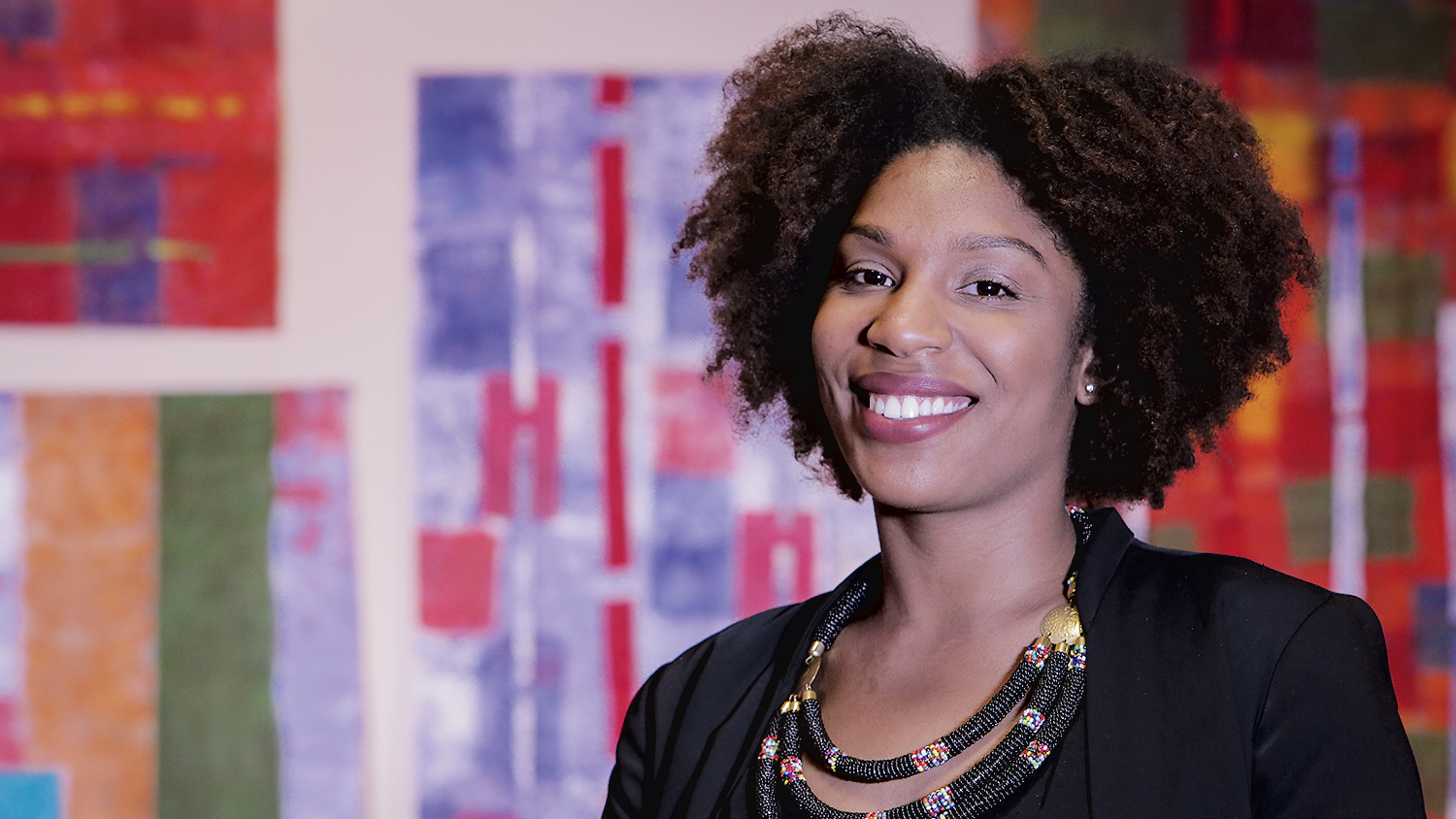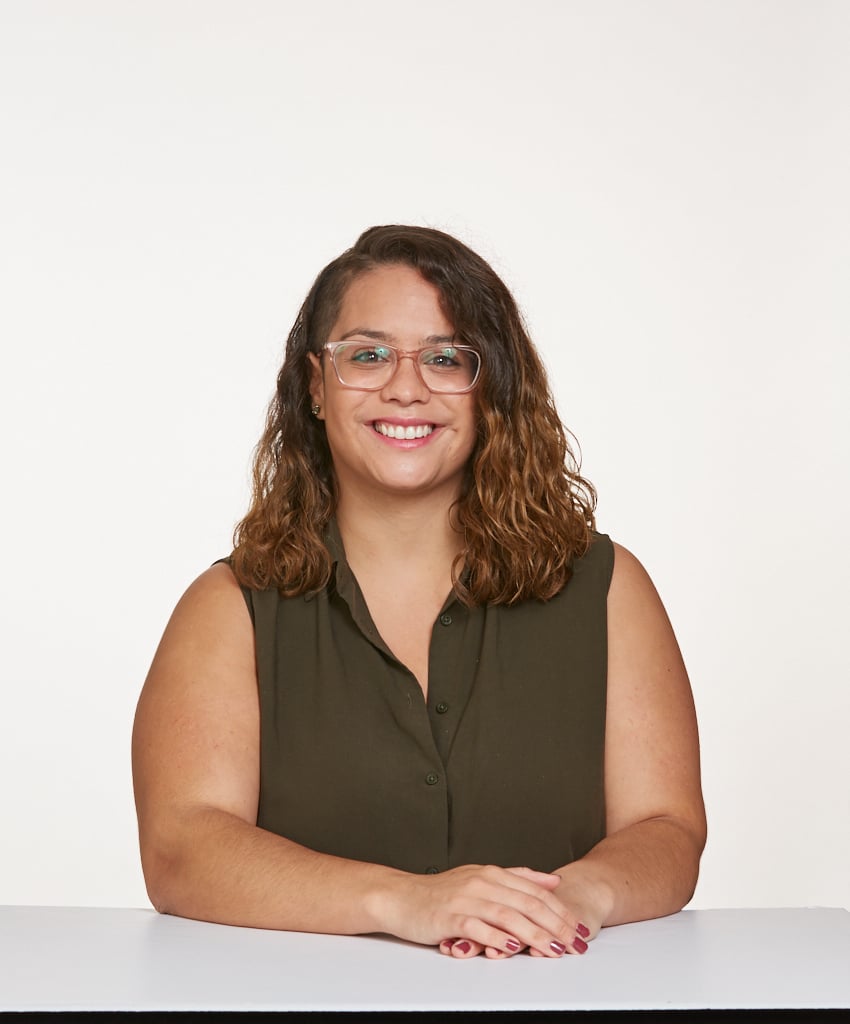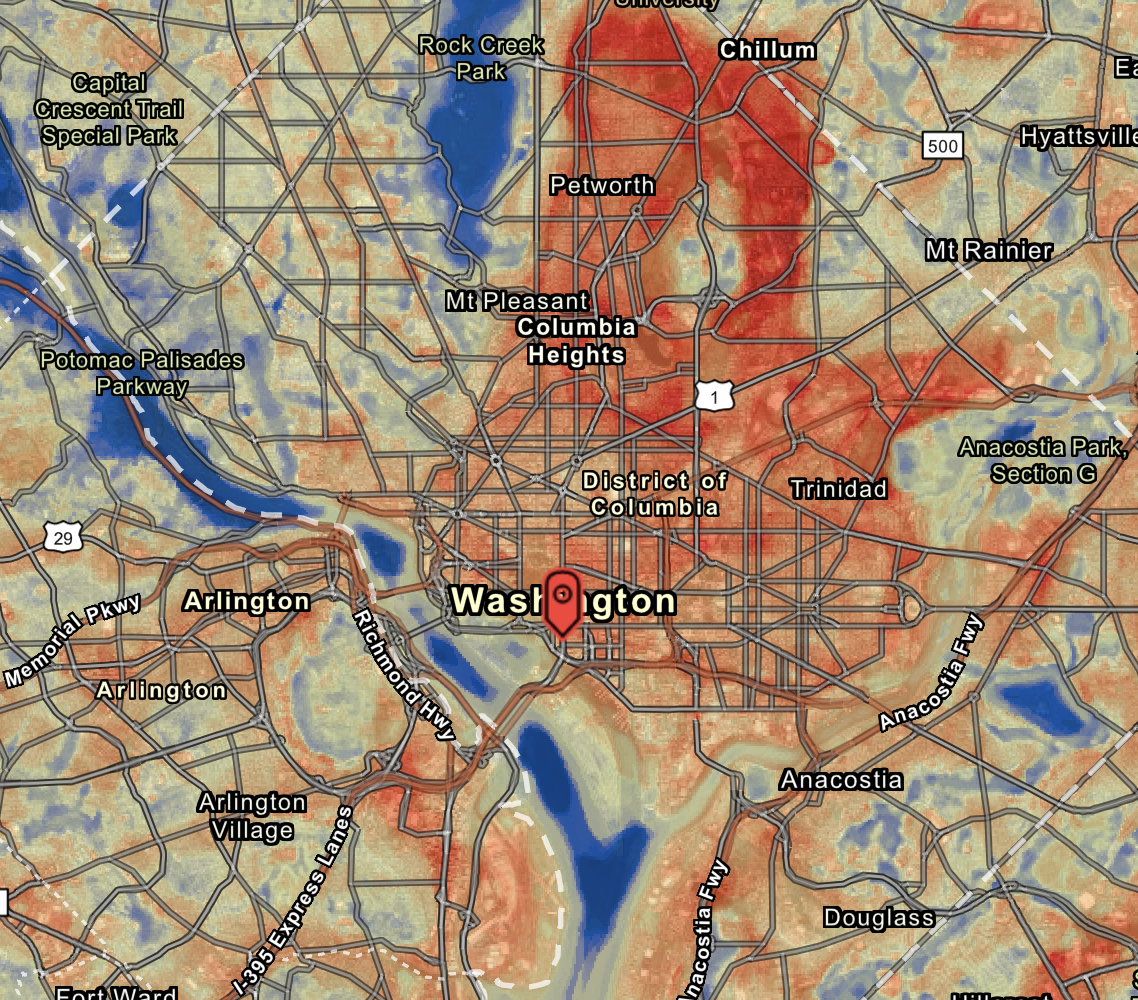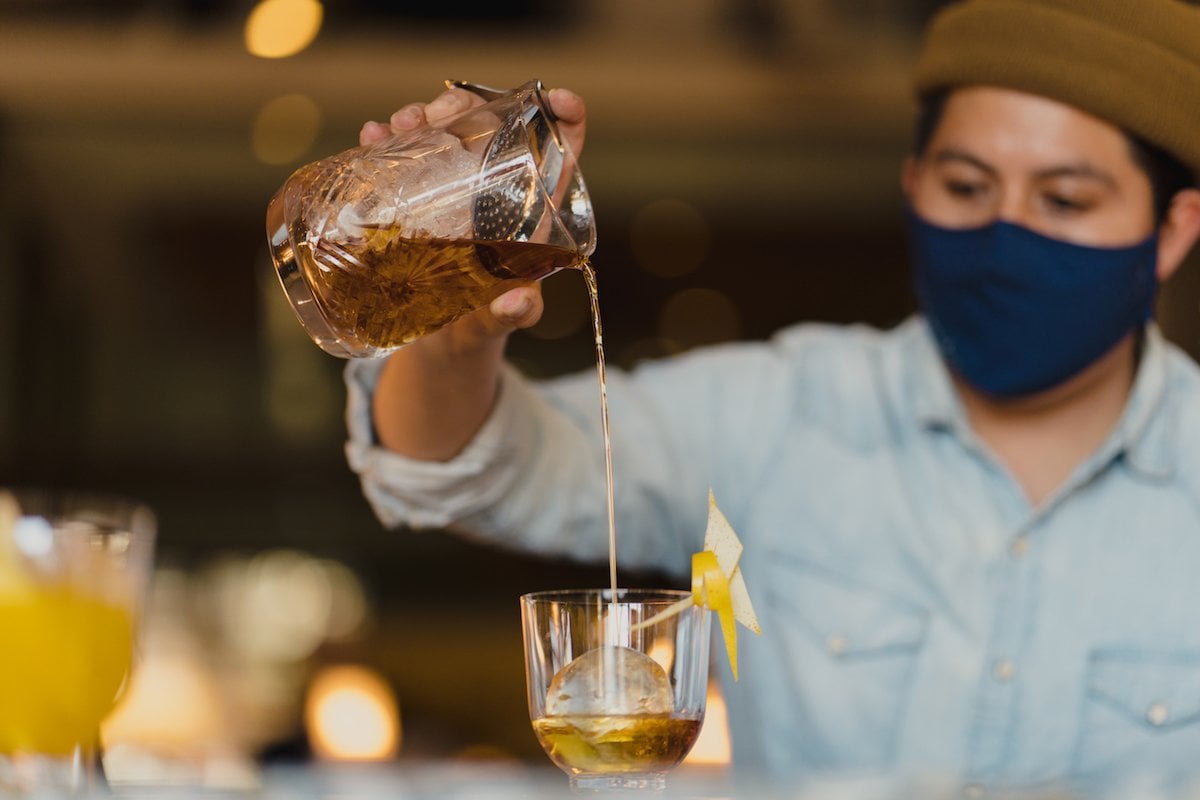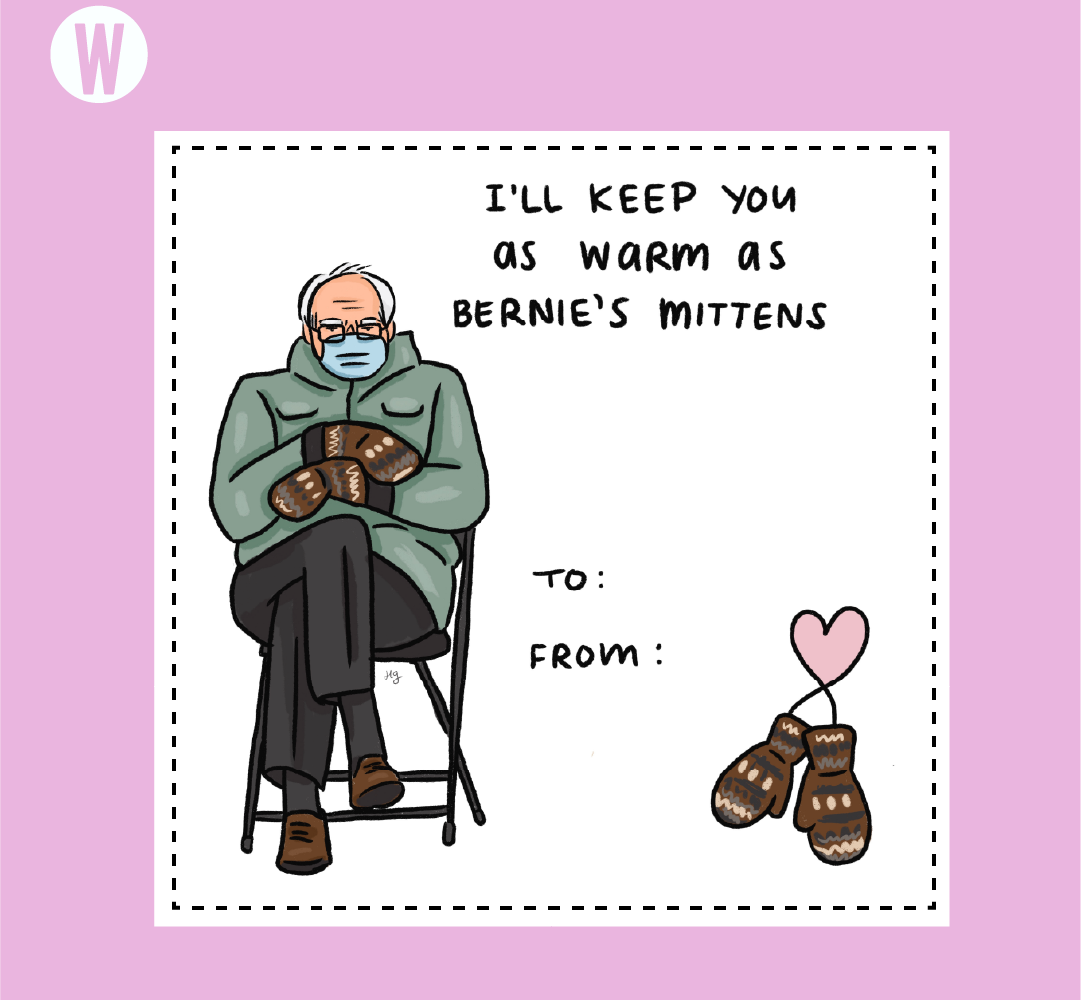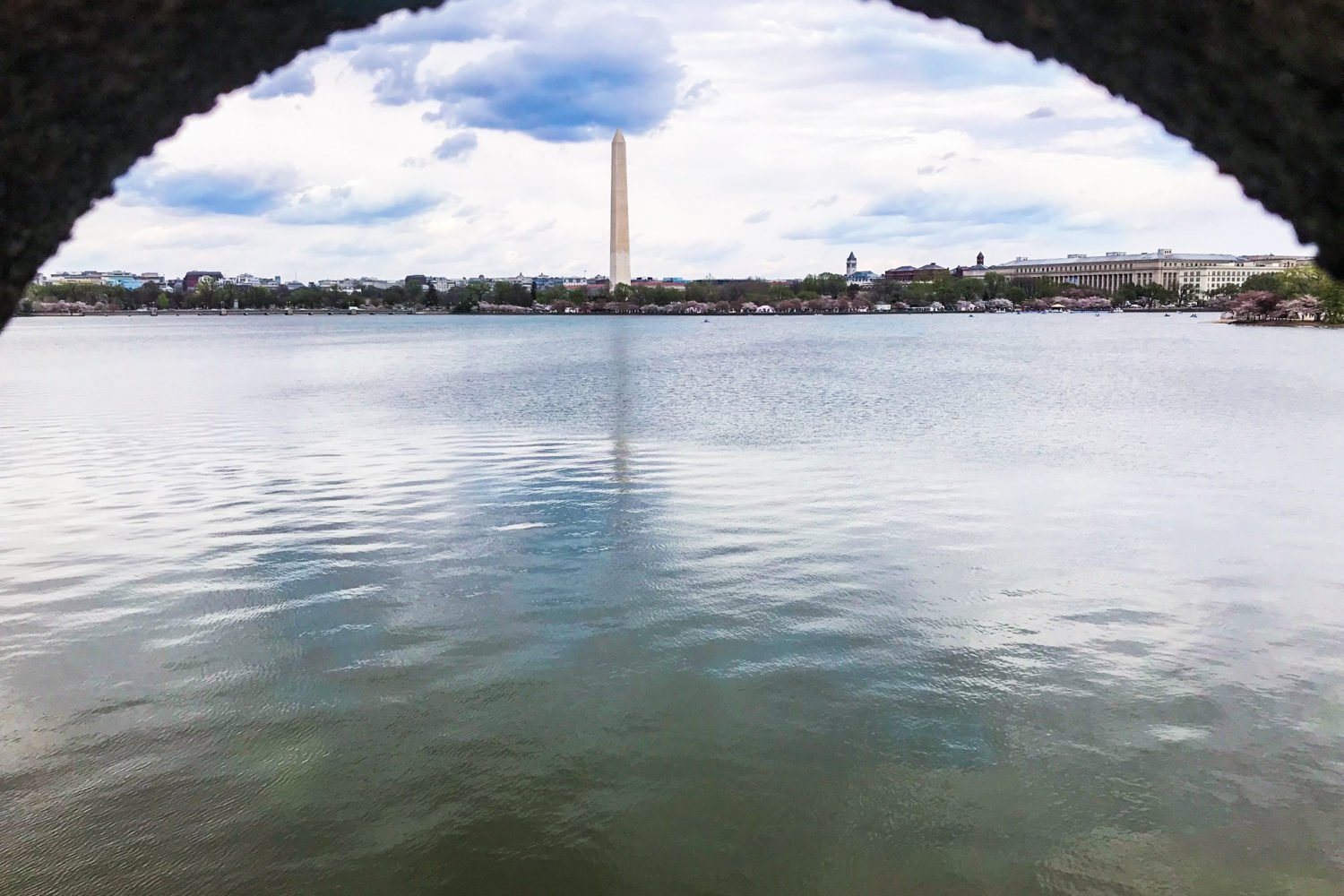DC was the first majority-black city in America—a “Chocolate City.” The nickname was heard on local radio in the early 1970s, a few years before the George Clinton funk classic by the same name came along. Then in 2011, the District’s African-American population slipped below 50 percent for the first time in more than 50 years, with much of the middle class moving to Prince George’s County. Those shifts—and what to do with a moniker that doesn’t quite fit anymore—are the driving concern of “Chocolate Cities: The History, Legacy & Sustainability of African American Urban Enclaves,” an exhibit at the Prince George’s African American Museum & Cultural Center in North Brentwood. The show, through September 26, features work by six local artists. At the helm is curator Martina Dodd, 27, a Maryland native and recent District of Columbia Arts Center curatorial fellow. Washingtonian talked to her about art in DC and the charge that the show is divisive.
Why this exhibit now?
DC has been changing for a while. Administrations change all the time, but I think a lot of people, especially who may not have felt it in years past, are feeling a shift in the climate of DC. I think it’s important to have the historical context to say that the things that are going on aren’t necessarily new, that there are pockets of communities that have felt displaced for a while. But it’s also kind of a call for action.
When Washingtonian previewed the exhibit on our website, we got an angry e-mail about its name. Have you gotten any criticism?
I was looking at the comments, too, because I expected that. If somebody hears “Chocolate City” and they’re not black, they may feel like you are saying they don’t belong. On face value, you can read the name and think that. But if you go a little bit further and read the statement of the show, you would also see that’s not what it’s about—it’s not a thing that everyone here needs to be black. It’s interesting that people will say this is divisive, then further the divisiveness by saying this is a racist narrative and they’re the minority.
There is definitely someone who could tell me, “You’ve only been in DC for three years—who are you to have this conversation?” I have to be open to admitting that I don’t know everything that has happened or that is happening in DC, but also being open to: Where do I need to go? What books do I need to read? Who do I need to talk to?
How did you learn curation?
I took one curatorial class. The year I created my first show, I made it my goal to go to a hundred art shows. So I learned by going to shows and making sure I looked at the artwork, but also how things were installed. Just like to be a better writer, you read more. It was that mindset: How have other people done this? How can I do it?
Why do this work in DC rather than New York or in the UK, where you got your master’s?
DC is known for large institutions and museums. People come to visit for that. But there are so many living artists in the city who don’t necessarily have museum representation but are creating really good work. It’s important for curators to go to where artists are, too. There is so much going on, but a lot of it is overshadowed by the Smithsonian museums.
This article appears in the May 2017 issue of Washingtonian.

